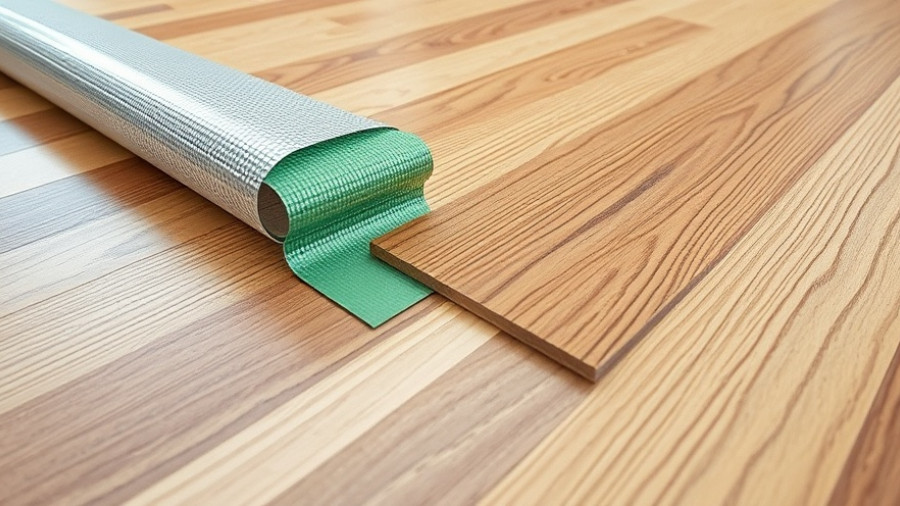
Revitalize Your Skin with Homemade Milk Baths
If you’re struggling with rough, dry skin, homemade milk baths may just be the soothing solution you’ve been searching for. This delightful self-care ritual not only nourishes your skin but also transforms your bathing experience into a luxurious spa-like indulgence right in your own home. In this article, we will explore 15 easy homemade milk bath recipes that promise luxuriously soft skin.
The Benefits of Milk Baths
Milk baths are not just a trendy self-care routine; they come packed with benefits that can address various skin issues. Milk is rich in vitamins, minerals, and fats that enhance skin health, providing hydration and softness. Ingredients like coconut oil, rose petals, and oatmeal offer additional benefits such as:
- Hydration: Help to maintain moisture levels in the skin, preventing dryness.
- Soothing Properties: Ingredients like oats have anti-inflammatory effects that help to calm irritated skin.
- Antioxidant Protection: Many ingredients combat aging and protect against environmental damage.
Simple Recipes to Try at Home
Here are 15 easy homemade milk bath recipes that cater to various skin needs:
1. Coconut Oil Milk Bath
Coconut oil is an excellent moisturizer that hydrates and softens the skin. Combined with soothing baking soda and powdered milk, this recipe is straightforward and effective.
- Ingredients: 1/2 cup baking soda, 15-20 drops of coconut oil, 1 ½ cups powdered milk.
- Instructions: Mix the ingredients thoroughly and store in an airtight container. Use ½ to 1 cup per bath.
2. Vanilla, Rose, and Salt Milk Bath
This luxurious recipe combines the calming scents of vanilla and rose with mineral-rich bath salts.
- Ingredients: 1 cup baking soda, ½ cup citric acid, ¼ cup corn starch, ½ cup powdered buttermilk, 1/3 cup bentonite clay, 1/3 cup colloidal oatmeal, 1 tablespoon titanium dioxide, 1.5 tablespoons cocoa butter, 1.5 tablespoons shea butter, 3 tablespoons fragrance oil, 5-6 drops of vanilla, 1 tablespoon oats, and 1 tablespoon rose petals.
- Instructions: Mix dry ingredients, then incorporate wet ingredients for a luxurious soak.
Enhancing Your Milk Bath Experience
To maximize the benefits of your milk baths, consider adding essential oils or herbs based on your skin’s needs.
- Essential Oils: Lavender for relaxation, tea tree for its antibacterial properties, or chamomile for soothing irritations.
- Herbs: Incorporating dried herbs such as calendula or chamomile can enhance the bath’s relaxing properties.
Why These Recipes Matter
In a world where self-care often takes a back seat, creating time to pamper yourself with a milk bath can lead to profound benefits for your mental and physical health. This soothing practice not only helps to rejuvenate your skin but also provides an opportunity to unwind and recharge.
Future Trends in Self-Care
As people continue to seek natural solutions for their skin, milk baths are unlikely to fade in popularity. With a growing emphasis on DIY remedies, expect to see more innovative uses of natural ingredients that harness the power of milk baths, incorporating various cultural practices and holistic approaches to health.
Common Misconceptions About Milk Baths
Many people assume that milk baths are difficult to prepare or only beneficial for certain skin types. However, with simple ingredients often found in your kitchen, anyone can enjoy the calming, nourishing experience of a milk bath—regardless of skin type. Additionally, the relaxing atmosphere created can positively affect mental health, making it a versatile self-care option.
Take the Plunge!
Now that you have all the tools and knowledge to create the perfect milk bath, what are you waiting for? Transform your self-care routine and give your skin the nourishment it craves. Try one of the above recipes tonight and feel the difference for yourself!
 Add Row
Add Row  Add
Add 




Write A Comment